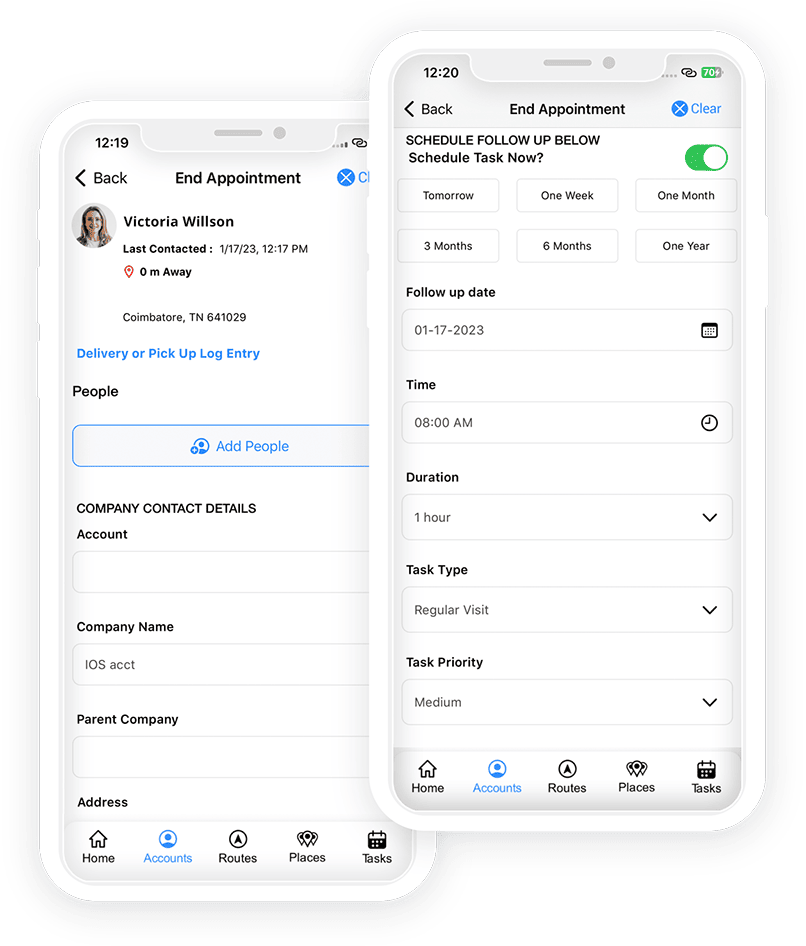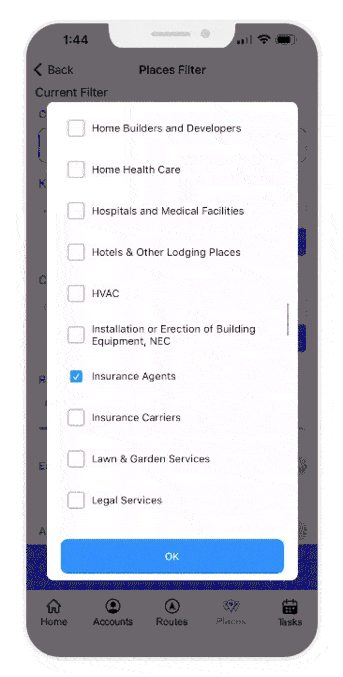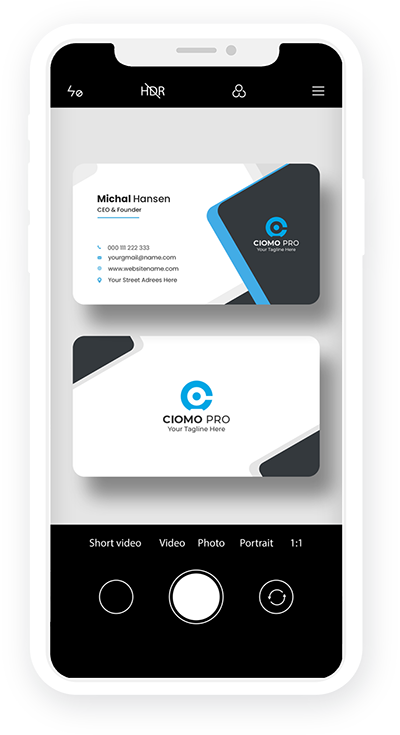CallProof Mobile CRM is your solution for endless data entry and reporting that take up the bulk of your time. Our sophisticated web-based and mobile-capable Customer Relationship Management (CRM) solution offers a host of features that organize all facets of the sales process, from lead tracking to reporting. CallProof provides sales managers and representatives tracking and management tools to be successful.
Our sales CRM software is designed with user-friendly features that keep up with you while you work, giving you more time to focus on clients.

CallProof Mobile CRM is easy to use!
Great for Inside and Outside Sales Teams
- Automatically Log Emails from Clients and Prospects
- Track Calls
- Quickly log face-to-face visits
- Track follow-ups so you don't forget to miss that sales oppurtunity
Route Planning + Mapping
- Google maps integration makes finding nearby customers easy
- Sorts customers by location nearest you
- Optimize your route to save time
- See a Google Streetview of a business easily before you get there
- Directions to your destination


Business Card Scanning
- Save your contact's information in a snap
- Take a picture of a business card and our app automatically fills in the data
- Finds names, titles, phone numbers, emails, websites, and more!
Internal Video Communication for Sale Teams
- Phone calls to sales staff and management creates distractions from selling.Using asynchronous video is less distracting can unlock an extra day of productivity a week when teams use asynchronous video for internal communication.
- Start one-to-one conversations or create a group where the whole sales team can communicate, motivate and learn from each other
- Sales teams reach a new level of motivation and cohesion with face-to-face story-telling


Automated Reporting
- Goal Tracking
- Salesperson Rankings
- Custom Forms
- Keeps track of activity and automatically does reporting
- Creates sales activity reports
- Sales reports data in real time
What Sales Managers Say About CallProof
“I am so happy that we found CallProof. My company has several locations, is growing our marketing department, and wouldn't be able to do it without CallProof. It keeps everyone on the same page and helps encourage our sales team to explore new opportunities”
“Immediate, Simple, and Inclusive! A CRM that our field service and sales teams absolutely love.”
"Bravo! These Guys Get It! We tried many different CRMs over the years and we were never successful with adoption. With CallProof they were there every step of the way with setting it up and getting our folks to use it."

Previous
Next
Email & Calendar Integration
- Gmail and Outlook Friendly
- Effortless email sync keeps everyone on the same page
- Google Calendar integration

What Our Users Say
“The best way to keep everything straight. Amazing I love it. And recommended to all my sales rep friends.”
"Solid CRM. Wow its great! Really helps me stay organized with my calls. I highly recommend. I have been using it to track and route in-person visits seamlessly (and save time). It's a great app!"
"Great app, it really helps me to organize my calls and I highly recommend it! It lets me plan my customer visits and create my sales routes."

Previous
Next
1
+
Years in Business
1
s
of Thousands Converted
1
s
of Thousands of Hours Saved





